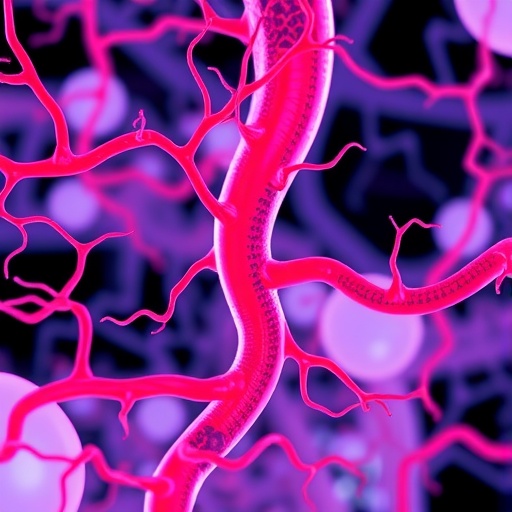Credit: Chris Martin, University of North Carolina
Within the salty lakes of the Bahama's San Salvador Island is an amazing diversity of fishes that may rival Charles Darwin's finches in the Galapagos.
There, lives the nondescript Bahaman pupfish, so named for males' aggressive, puppy-like behavior of encircling each other to stake their claim in the lake during mating season. Evolutionary biologists Joseph McGirr and Christopher Martin, have studied three closely related pupfish species peacefully co-existing within the warm waters, because each, through subtle jaw size differences, has carved out its own food niche — all within the last 10,000 years. They specialize by their jaw size and food — algae, snails or quick-striking scale-eaters — that like Darwin's finches, reflect differences in seed choices by the size and shape of their beaks.
Seeking to uncover this diversity, they identified 12 million single DNA mutations, (called single nucleotide polymorphisms, or SNPs) from 37 genomes and sequenced across nine populations of all three species caught on San Salvador Island and one nearby island. They matched the DNA changes with differences in jaw size to uncover candidate genes responsible for large jaws and small jaws.
They discovered novel candidate genes strongly associated with jaw size, along with evidence supporting the role of large-effect alleles in crossing larger fitness valleys. Also, more large-effect alleles were required to evolve large jaws than small jaws.
"Overall, we uncovered very few regions with single SNPs fixed between species that were also strongly associated with divergent jaw sizes. Many of these regions contained only a single gene with known effects on skeletal development in model organisms. Strikingly, some of these genes contained only a single SNP fixed between species in an upstream regulatory region or intron, provide excellent candidate variants for future functional studies.," said corresponding author Christopher Martin.
However, these results raise an intriguing question, according to Martin.
"If scale eating traits were shaped by hard sweeps acting on genetic variation within ancestral Caribbean populations, why is this trophic specialization absent from neighboring islands?" From previous ecological and genetic studies, they could not detect any striking environmental differences or differences in genetic diversity between San Salvador Island and neighboring Bahamian islands.
"Answering this question will require continued exploration of the ecological and genetic factors shaping this exceptional case of rapid ecological specialization. So far, the usual suspects (lake area, ecological and genetic diversity) do not seem to provide the trigger of adaptive radiation as is commonly assumed. Instead, the answer seems to be far more complex and interesting than we ever imagined. Perhaps the exacting performance demands of scale-eating create a sparse fitness landscape only accessible through rare combinations of alleles and environmental stability?"
###
Media Contact
Joseph Caspermeyer
[email protected]
480-258-8972
@OfficialSMBE
http://mbe.oxfordjournals.org/
############
Story Source: Materials provided by Scienmag




